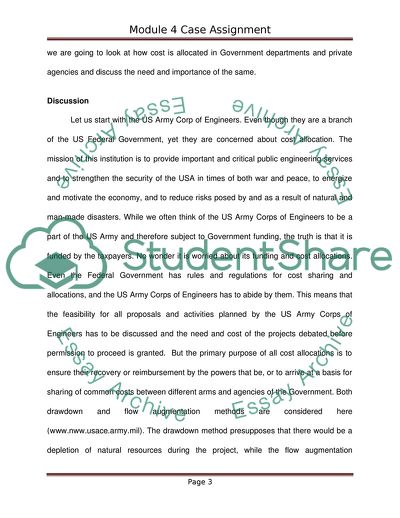ACC501 - Accounting for Decision Making, Mod 4 Case Assignment Essay. https://studentshare.org/finance-accounting/1755770-acc501-accounting-for-decision-making-mod-4-case-assignment
ACC501 - Accounting for Decision Making, Mod 4 Case Assignment Essay. https://studentshare.org/finance-accounting/1755770-acc501-accounting-for-decision-making-mod-4-case-assignment.


